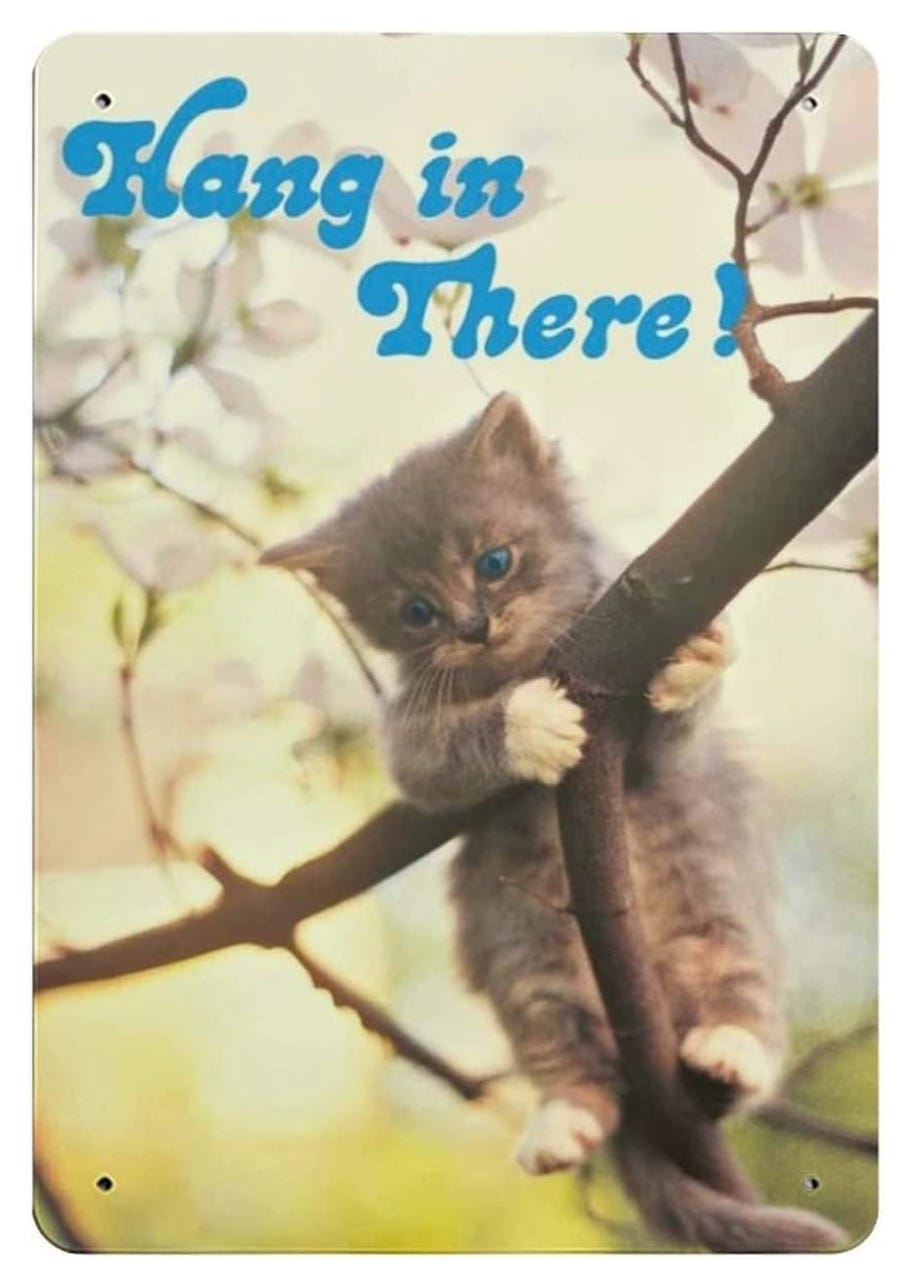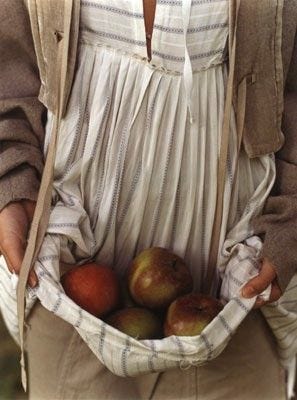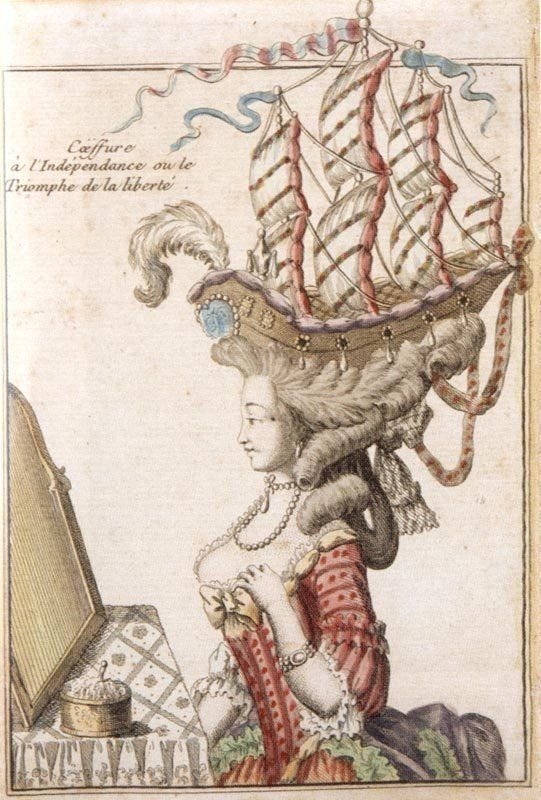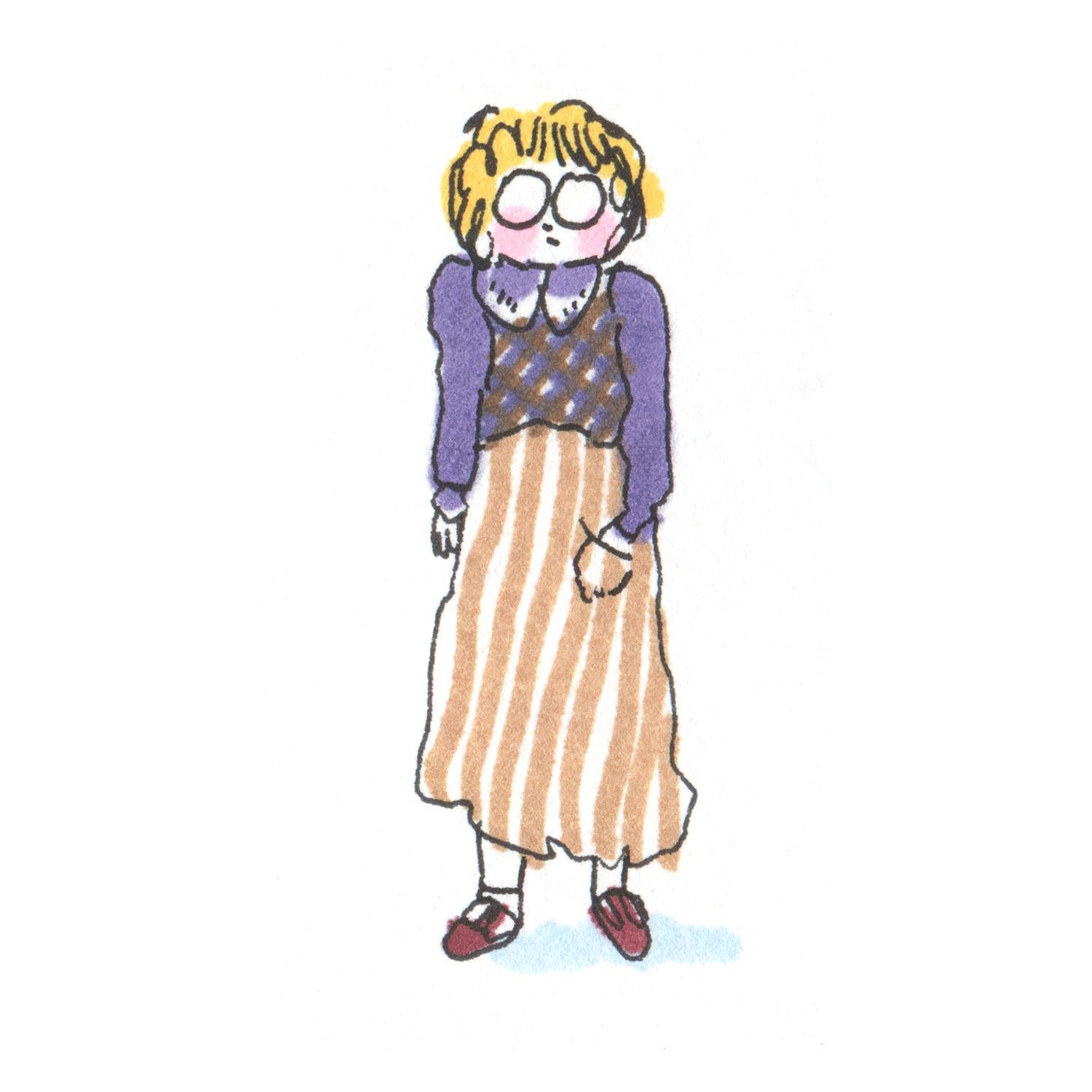I am a big fan of Katherine May, and wrote about her book Wintering in a previous Substack post. She has a new book out called Enchantment about rediscovering feelings of awe in our daily lives. I have yet to read the book, but I did enjoy her interview about it in the New York Times:
“We’ve told ourselves that everything needs to be so big. Actually, we can just breathe out and live quite small lives.”
This celebration of the small led me to pick up a book called Paraphernalia by Steven Conner - an exploration of the often overlooked objects in our lives, and I went down a rabbit hole on how we carry things.
Coming in hot with my favourite fact from the book:
In the phrase “kit and caboodle” caboodle means ‘all of something,’ caboodle is probably an alliterative improvement of ‘boodle’ which itself just means the whole lot of something.
So let me get this straight:
Caboodle is a longer version of boodle which is a longer version of oodles
and they all mean all of something.
Steven compares the act of carrying a bag to the act our being carried ourselves as children:
We ourselves come into independent existence very slowly being carried, like bags. Infant humans are carried for longer than any other creature. ‘Independence literally means ‘not hanging.’ The fact that we understand so well what it is to be carried, what it is to be in a bag, or to be like one, accounts for our concern for and even tenderness towards bag.
Bloody hell Steven that’s beautiful.
But let’s turn this gorgeous concept of the bag on its head and consider the gender disparity between the bag and the ever covetable … pocket.
The Articles of Interest episode on Pockets begins by talking about them as a signifier of who can walk through the world comfortably and securely. Women’s clothing is often associated with smaller pockets but back in the 18th century, women’s pockets were quite large and could carry all number of things from diaries, drawing tools, sewing equipment and a light snack.
In the medieval era, pockets used to be a completely separate garment, more like a pouch, suspended from a person’s waist and worn over their clothes. Sometime in the late 17th century men started having clothes made with pockets sewn in, and women’s pockets remained separate from their outfits. Tied by a string around their waist and kept under their petticoats, as they were hidden from view and close to the body, they became a very personal item.
Many women embroidered them with private designs, sometimes including the initials of lovers.
When the French revolution hit, a revolution against excess, women’s fashion became too body hugging to accommodate their secret pockets:
Excess you say? Give me an example!
Marie Antoinette's court would embellish their hairstyles with various figurines and miniatures to comment on or commemorate certain life events or popular contemporary themes. One might, for example, have an American Revolution-themed hairstyle with war motifs, or a hairstyle with a miniature baby or nurse to celebrate the birth of a new court celebrity. Some hairstyles even sported miniature ship models.
Understated.
What struck me about this was that the French Revolution got rid of outward female communication (ships in hair) but also inner, more personal forms of expression (pockets). It also left women completely open to being possessed by ghosts because an old English folk remedy for warding off bad spirits is to turn your pockets inside out.
A brief aside to clarify I am not pro monarchy but I am pro pockets.
Reticules then began popping up among the upper classes - tiny drawstring pouches with elaborate beading shaped like shells or made of silk, they could barely hold a few coins and were made to be seen, not as a utility item. Reticule is thought to be a nod to the word ‘ridiculous’ because these items were so functionless.
This of course is a still from Sex and the City but same difference:
As mentioned in Articles of Interest, women thought it was liberating to no longer have pockets because it meant being free from tasks. But much like long nails or stiletto heels, there is an ongoing discussion about whether the luxury of not being able to move too much or do too much is empowering or not.
Pockets became the monopoly of men. Men increasingly worked outside the home and women worked in the household, and because women had less independence and fewer out-of-home responsibilities, designers simply didn't think they needed pockets.
I myself have managed to combine the elegance of a Reticule with the utility of a pocket:
But I still find a pocket to be superior. A pocket is internal and secret. Much like the oubliette in The Labrinth, you can put something in there and forget about it. I would even go so far as to say the oubliette in the Labrinth is a metaphor for pockets because you get there by being pushed down by a bunch of helping hands:
When I was moving to New York from London, I inherited my mothers long floral Laura Ashley dress complete with two large front pockets. As I put it on, my mother told me that the last time she wore the dress she had been pregnant with me. I stuffed my hands inside the pockets and pulled out a still fully formed bourbon biscuit from 1985. For the Americans, a bourbon biscuit:
I held up the bourbon biscuit and said, “Mum, what is this doing in here?”
And she responded, “Well, where else was I going to keep it?”
Precisely.













Sometimes I hold back from reading your posts, becuase of how indolent they are... Each of them is a dreamly reverie narrated in your voice. Sadly with teh pace of life during the week I knowingly ignore them in my inbox, but when I finally do open them they feel as luxurious as a daydream on a busy day.
This was a lovely newsletter and made me smile today. I hope someday I go to a party with people that have boats on their heads.